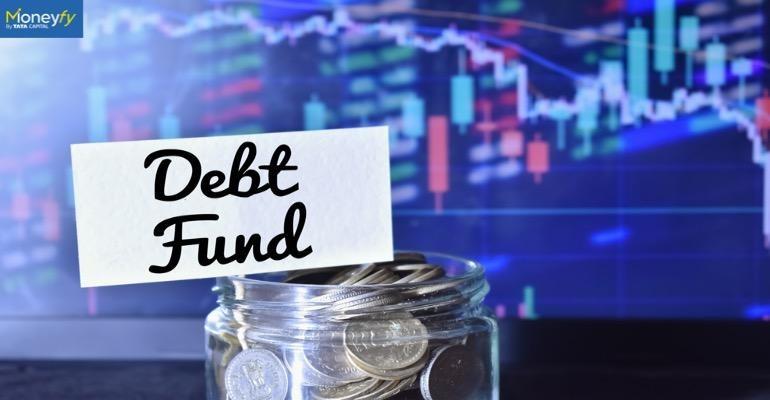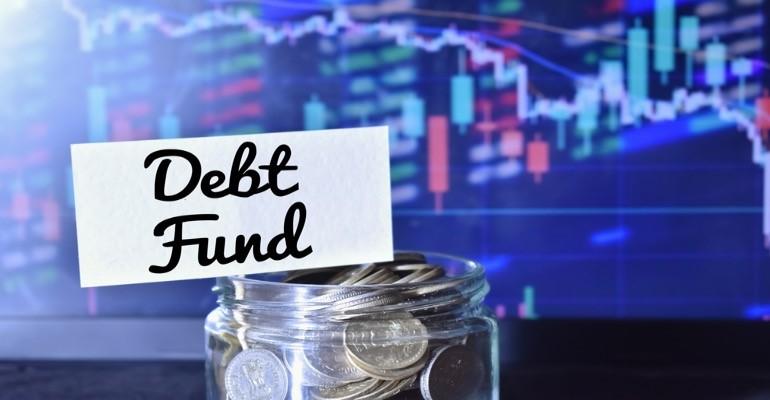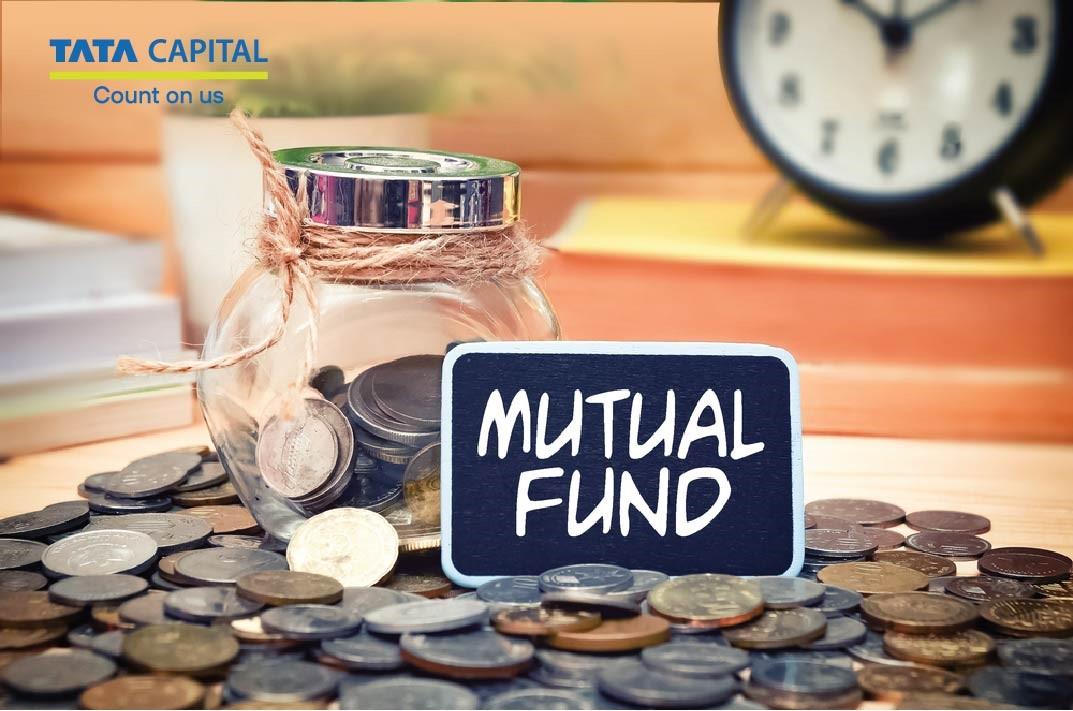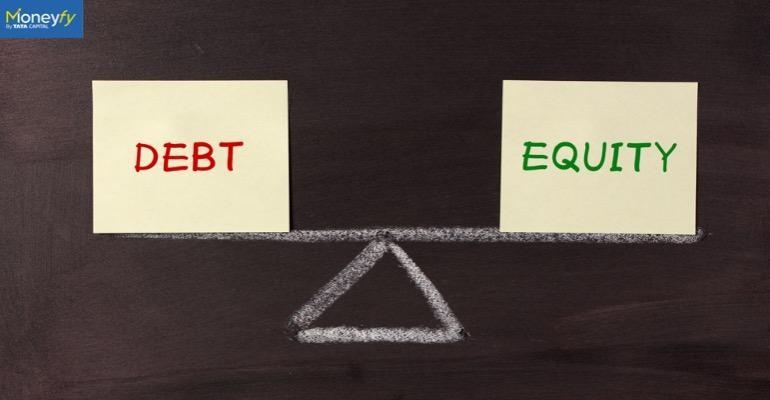This product offering is currently unavailable. We will be back soon. Till then please explore our other products.
Are you new to investing? If yes, then you might be eyeing mutual funds and stocks. Many experienced investors might have recommended you invest in ETFs or ‘exchange-traded funds’ to make your money grow. But, what is ETF, and what is the difference between ETF and mutual funds?
While mutual funds and stocks have long been popular, many new investors might not be aware of what is ETFs and how exactly they work. Today, ETFs are steadily gaining popularity among investors looking to diversify their portfolios. Similar to mutual funds, ETFs also pool together investors’ money. However, unlike mutual funds, ETF units can be bought and sold on a stock exchange through a brokerage account.
In this article, we will explore the similarities and differences between ETFs and mutual funds and determine which is better. Let’s dive in!
An exchange-traded fund (ETF) is a type of collective investment security that operates much like a mutual fund. Generally, ETFs will track a particular index, sector, commodity, or other asset. However, unlike mutual funds, you can purchase or sell ETFs on a stock exchange just like any regular stock of a registered company.
Several ETF options exist for investors. An ETF can be structured to track the price of an individual commodity, a large and diverse collection of securities, or even specific investment strategies.
Now you know the answer to what is ETF, let us answer the question about what are mutual funds.
Mutual funds are the most popular investment option that pools investors’ money to invest it in various securities. Mutual funds are actively managed by professional fund managers to generate high returns for their investors. When you invest in a mutual fund, you will have to pay your fund house an expense ratio which is a fund management fee.
However, unlike ETFs, mutual funds are not traded on listed exchanges. This is the key distinction when it comes to ETF vs mutual funds.
Here is a breakdown of ETFs vs. mutual funds
| S.No. | Mutual Funds | Exchange Traded Fund (ETF) | |
| 1 | Buying and selling | You can purchase units of a mutual funds at the NAV price that is constant during the trading day. When you sell these units, you do so at the closing total asset value. | ETF units are traded during the course of a trading daytime. The NAV of each unit changes during this time. ETF units can be bought and sold anytime on the stock exchange, at the prevailing market price. |
| 2 | Fund management charges | Mutual funds have a high expense ratio. | The expense ratio of an ETF is typically lower. So, when it comes to ETV vs. mutual fund performance, you will gain more from ETF as a high expense ratio will not eat into your returns. |
| 3 | Minimum investment | Most mutual fund schemes require a minimum investment amount, say Rs. 100 or Rs. 500. | For an ETF scheme, there is no minimum investment required. |
| 4 | Liquidity | As compared to exchange-traded funds, mutual funds have lower liquidity. | The liquidity of an ETF has two components – the volume of units traded on an exchange and the liquidity of the individual shares in the ETF’s portfolio. ETFs are also open-ended funds. This means that ETF units can be created or redeemed based on investor demand. This process is managed by market makers who buy and sell ETFs throughout the day. Ultimately, how easily the market maker can deliver or sell securities depends on the liquidity of individual shares in the ETF portfolio. |
| 5 | Index | A category of mutual funds called index funds are index-tracking funds. Their portfolio is designed to mimic an index. | Exchange-Traded Funds try to match the price movements and returns of an index by making a portfolio that is similar to the index constituents. They are not actively managed like index funds. |
Now that you have the answers to ‘what is ETF’ and ‘what are mutual funds,’ here are the similarities between them:
1. Both mutual funds and exchange-traded funds pool together several investors’ money.
2. Both funds are managed by professional fund managers working with fund houses.
3. Fund managers invest the collected money in a variety of asset types like bonds, stocks, commodities, securities, or a combination of these.
4. Both can be active funds or passive funds.
Suppose you want to invest in an index fund. You can either go for a Nifty index mutual fund or an ETF. So, how do you compare Nifty ETF vs mutual fund? Which one is better?
One way to decide is to look at what is more convenient for you. Maybe you do not want the hassle of actively managing a brokerage account. In this situation, it is better to invest in an index fund or index mutual fund. Or, if you want to be actively involved in your investments and take advantage of market fluctuations as they come, you can go for an exchange-traded fund like Nifty ETF.
But, wait, can you invest in both ETFs and mutual funds? Yes! In fact, many seasoned investors recommend this. If you are interested in making a diversified investment portfolio, both these options can give you an excellent way to build one. So, invest wisely.
ETFs and SIPs serve different investment purposes. The best option depends on your preference. If you want to be actively involved in your investments, you can opt for ETFs. But if you don't want the hassle of actively managing your account, you can consider starting an SIP.
ETFs are more cost-effective and flexible for active traders. On the other hand, mutual funds are an excellent option for long-term investors seeking professional management. The best between the two depends on your preferences and investment style.
While ETFs have the potential to generate higher returns than FDs, they also come with higher risk, making them ideal for higher-risk investors. But if you're risk-averse and are looking for guaranteed stable returns, FDs may be the better choice for you.

Average Maturity, Macaulay Duration, and Modified Duration of Debt Funds

What is the Potential Risk Class Matrix in Debt Mutual Funds? How Does It Work?




Equity Funds Vs Debt Funds: Understand the Difference Between Equity and Debt Fund



5 Reasons Why debt funds are crucial to your long-term portfolio in 2023
